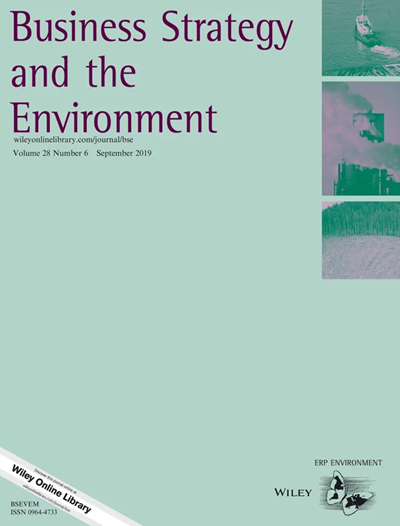供应链整合能否缓解循环经济转型的内在风险?
IF 13.3
1区 管理学
Q1 BUSINESS
引用次数: 0
摘要
意大利家具行业越来越多地采用循环经济(CE)实践来应对可持续性挑战。然而,CE的实施引入了与供应链碎片化、可追溯性问题和消费者对可持续材料的抵制相关的特定风险。在这种背景下,供应链集成(SCI)成为管理复杂性和不确定性的关键能力,但其在与CE相关的风险缓解中的作用仍未得到充分探讨。虽然之前的研究已经分别检查了CE和供应链风险管理(SCRM),但很少有人调查跨供应链参与者的整合如何使公司能够管理循环转型的特定风险。本研究采用多案例研究方法来解决这一差距,分析了五家具有不同CE成熟度水平的意大利家具公司。调查结果表明,诸如材料再利用、报废产品翻新和数字化等CE实践普遍存在,但其影响并不均衡。拥有更先进的SCI系统(包括共享数据平台和合作外包协议)的公司可以更好地降低运营和声誉风险。相比之下,有限整合的企业由于效率低下和协调性低而面临扩展CE的障碍。该研究强调,SCI不仅是不确定性下循环采用的战略推动者,而且与减轻与实施CE相关的风险有关。研究结果强调,需要建立支持性政策框架,促进供应链整合,以此降低与循环转型相关的风险,并促进其更广泛的采用。本文章由计算机程序翻译,如有差异,请以英文原文为准。
Can Supply Chain Integration Mitigate the Risks inherent in Circular Economy Transition?
The Italian furniture industry increasingly adopts circular economy (CE ) practices to address sustainability challenges. However, CE implementation introduces specific risks related to supply chain fragmentation, traceability issues and consumer resistance to sustainable materials. In this context, supply chain integration (SCI) emerges as a critical capability for managing complexity and uncertainty, yet its role in CE ‐related risk mitigation remains underexplored. While prior studies have examined CE and supply chain risk management (SCRM) separately, few have investigated how integration across supply chain actors enables firms to manage the specific risks of circular transitions. This study employs a multiple case study approach to address this gap, analysing five Italian furniture firms with varying CE maturity levels. Findings show that CE practices, such as the reuse of materials, the refurbishment of end‐of‐life products and digitalisation, are widespread, yet uneven in their impact. Companies with more advanced SCI systems, including shared data platforms and co‐sourcing agreements, are better positioned to mitigate operational and reputational risks. In contrast, firms with limited integration face obstacles in scaling CE due to inefficiencies and low coordination. The study highlights SCI not only as a strategic enabler for circular adoption under uncertainty, but also as relevant for mitigating the risks associated with CE implementation. The findings underscore the need for supportive policy frameworks that foster supply chain integration as a means to reduce risks related to circular transitions and promote their broader adoption.
求助全文
通过发布文献求助,成功后即可免费获取论文全文。
去求助
来源期刊

Business Strategy and The Environment
Multiple-
CiteScore
22.50
自引率
19.40%
发文量
336
期刊介绍:
Business Strategy and the Environment (BSE) is a leading academic journal focused on business strategies for improving the natural environment. It publishes peer-reviewed research on various topics such as systems and standards, environmental performance, disclosure, eco-innovation, corporate environmental management tools, organizations and management, supply chains, circular economy, governance, green finance, industry sectors, and responses to climate change and other contemporary environmental issues. The journal aims to provide original contributions that enhance the understanding of sustainability in business. Its target audience includes academics, practitioners, business managers, and consultants. However, BSE does not accept papers on corporate social responsibility (CSR), as this topic is covered by its sibling journal Corporate Social Responsibility and Environmental Management. The journal is indexed in several databases and collections such as ABI/INFORM Collection, Agricultural & Environmental Science Database, BIOBASE, Emerald Management Reviews, GeoArchive, Environment Index, GEOBASE, INSPEC, Technology Collection, and Web of Science.
 求助内容:
求助内容: 应助结果提醒方式:
应助结果提醒方式:


